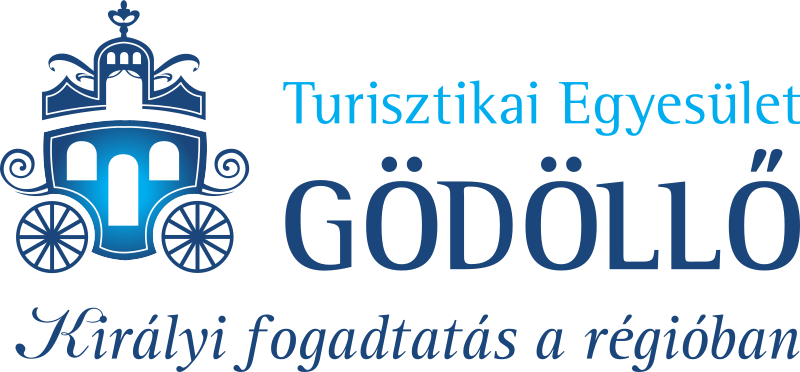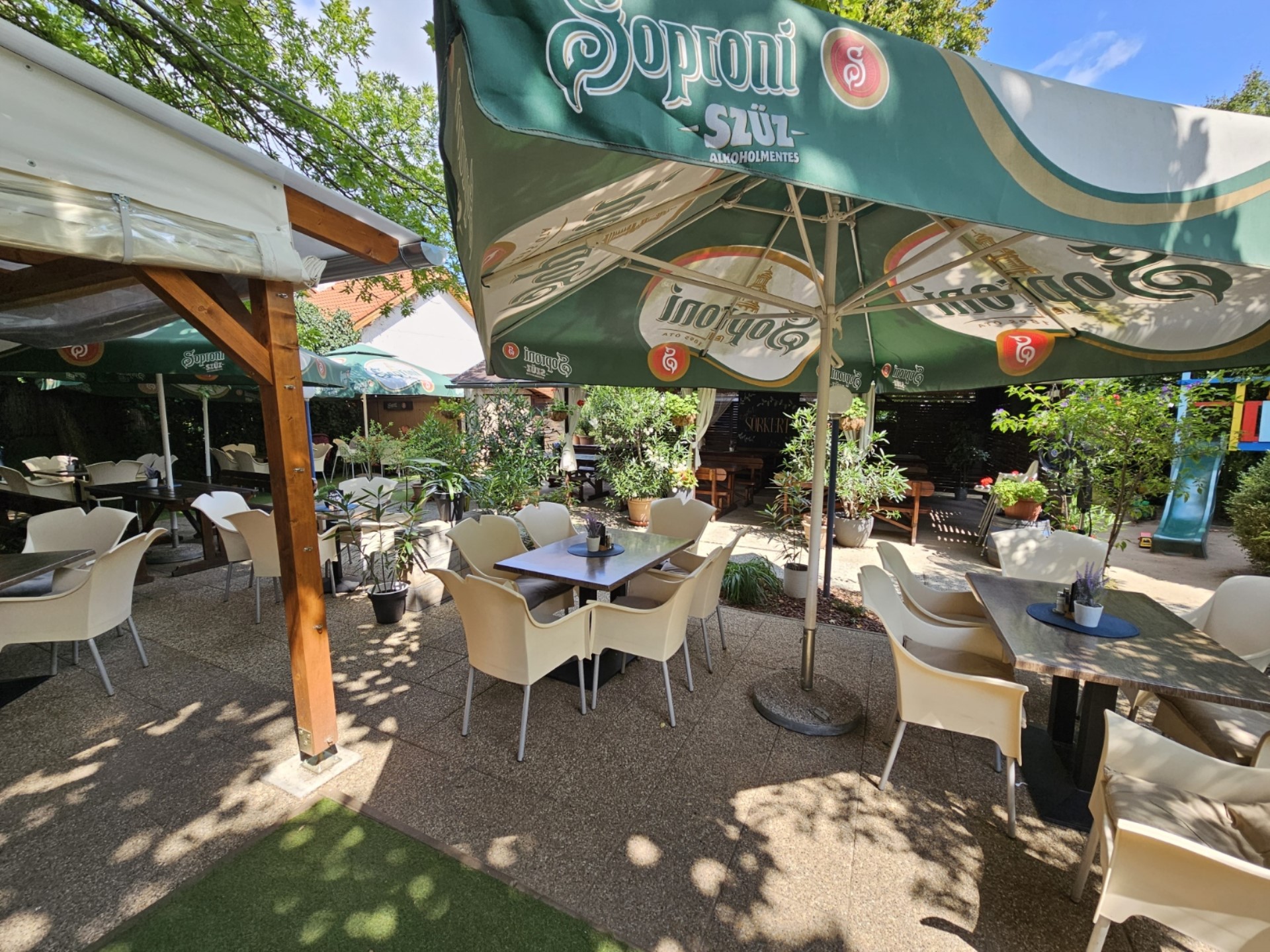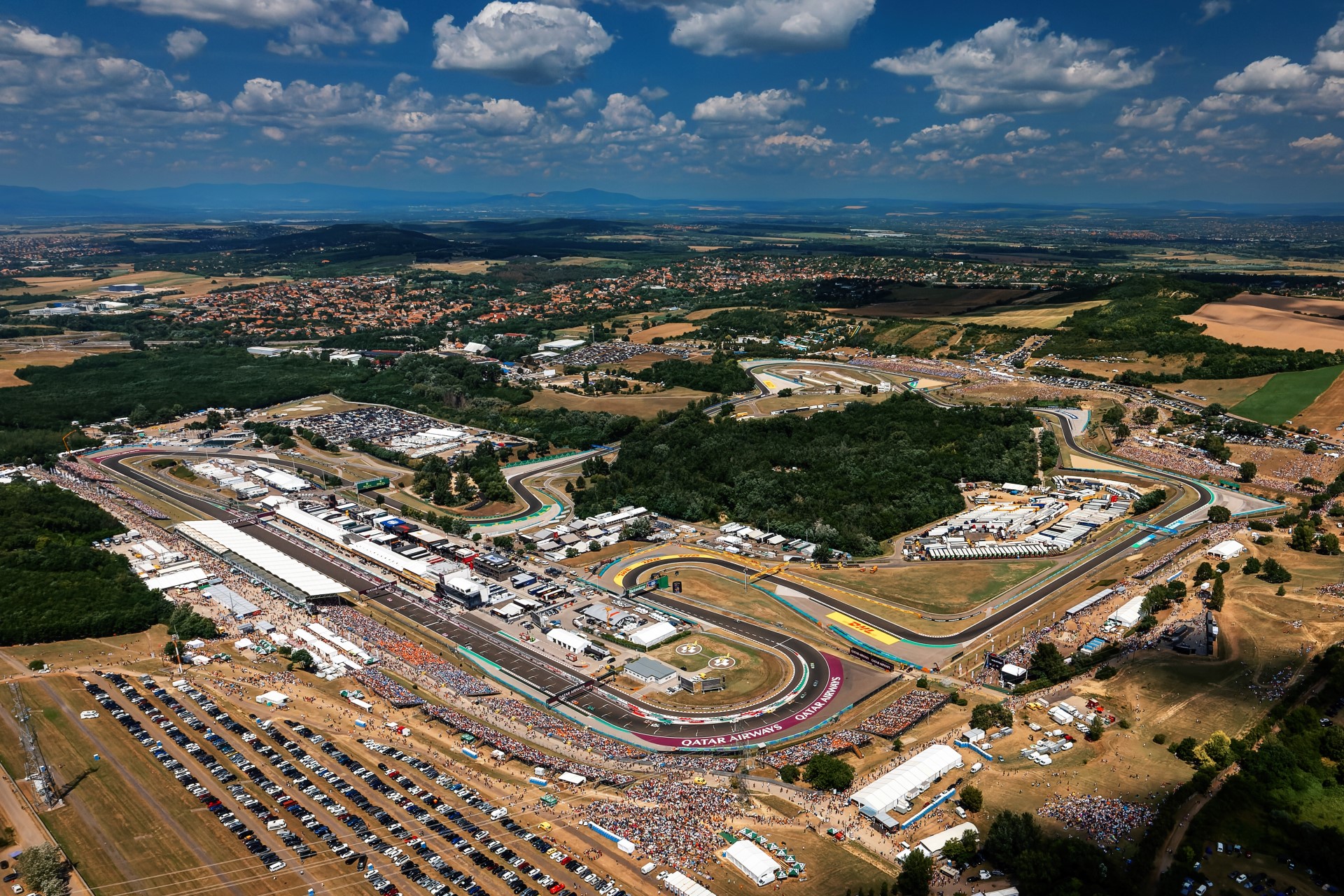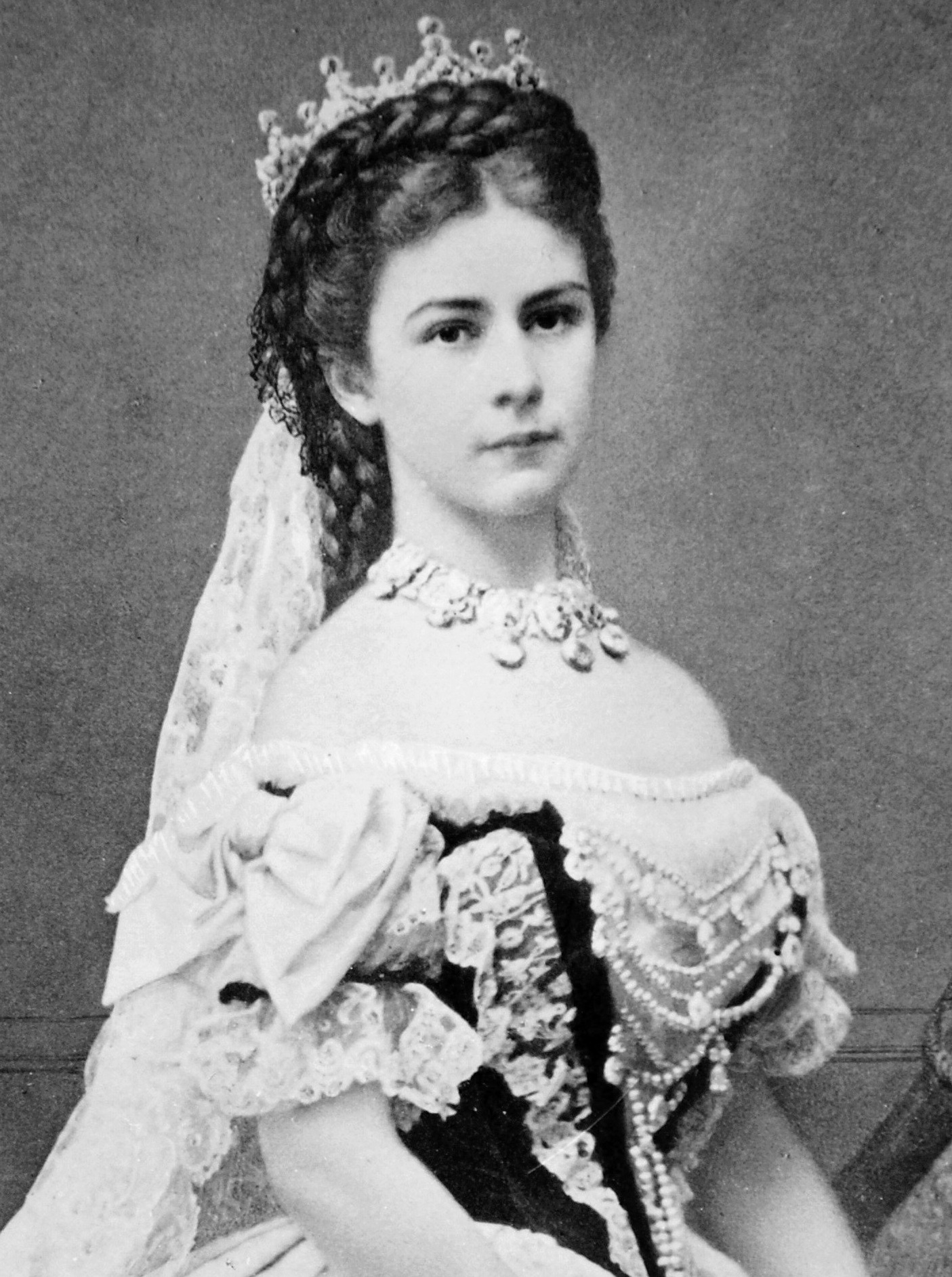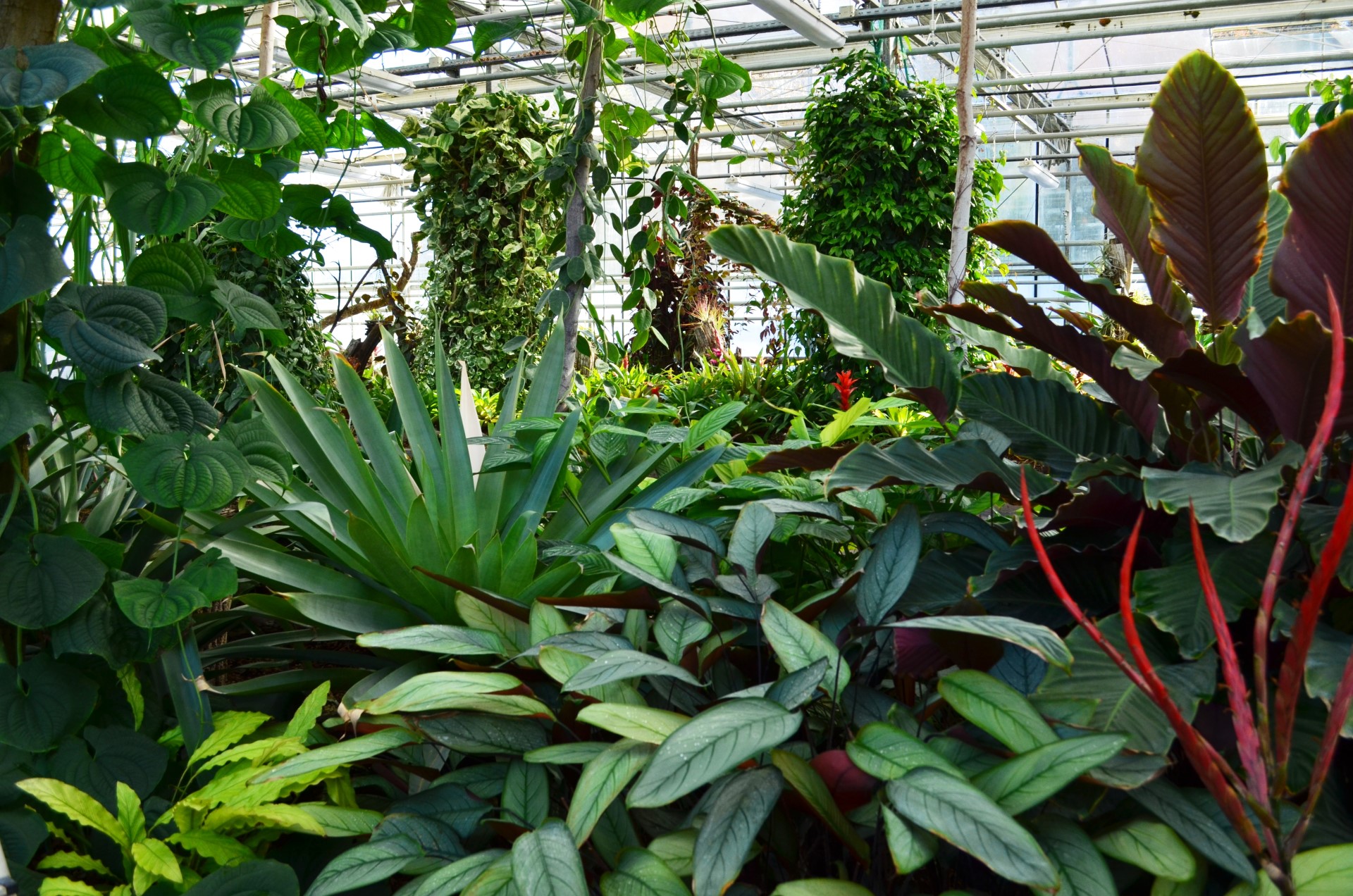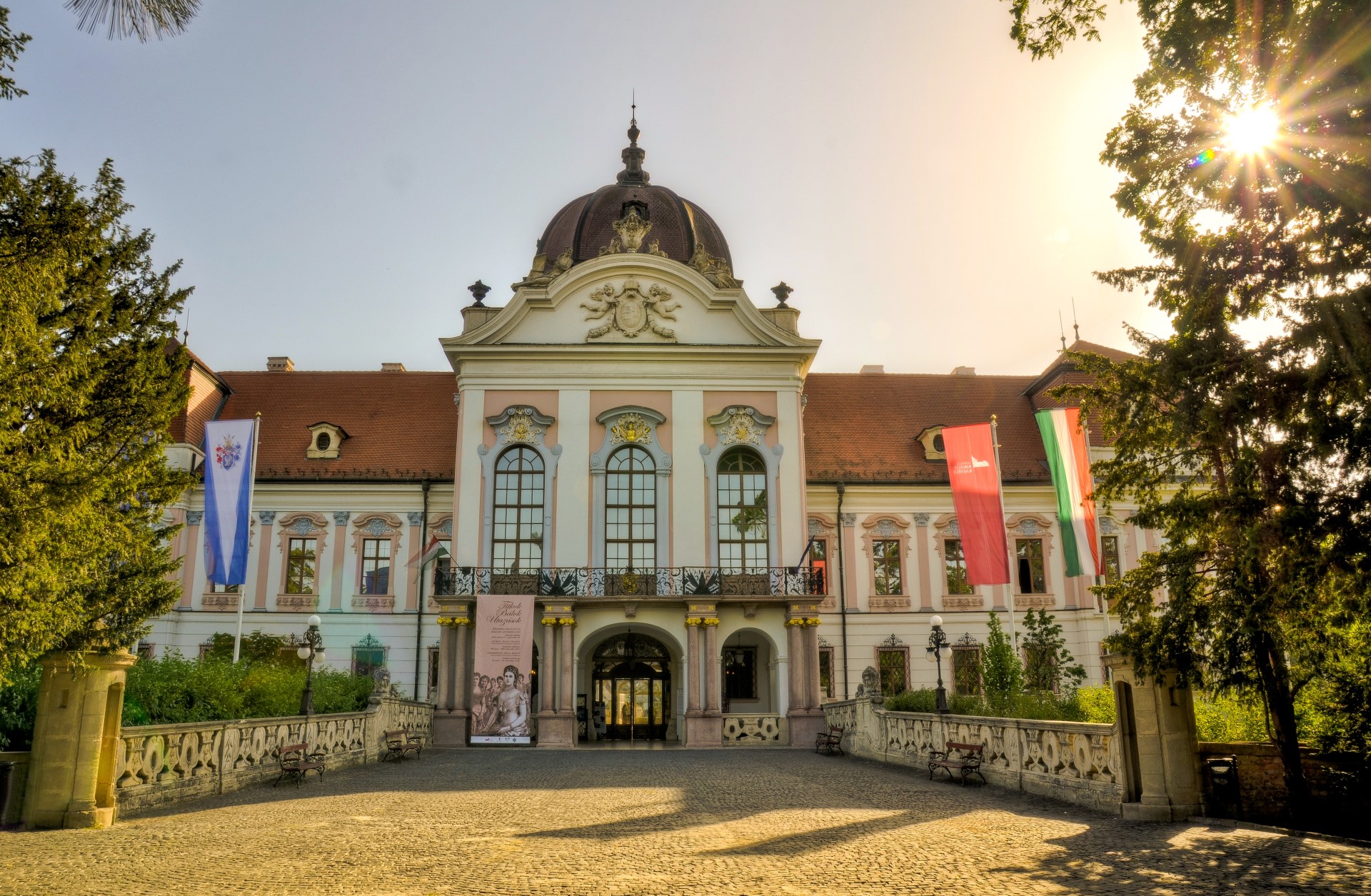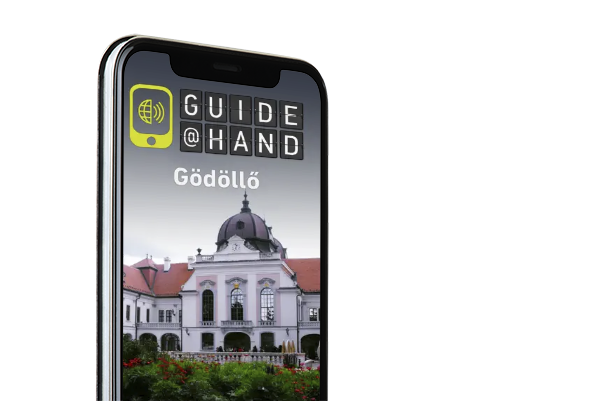Kezdőlap » The Kinghill Pavilion
The Kinghill Pavilion
The only remaining Baroque building in the castle park is the Királydomb Pavilion with the portraits of the conquering leaders and kings of Hungary.
About 200 metres from the main building of the castle, on the north-western side of the garden, on the top of a small hill, stands a Baroque pavilion.
The Royal Cathedral Pavilion was built in the two decades following Maria Theresa’s visit to Gödöllő in 1751, before the Count’s death in 1771.
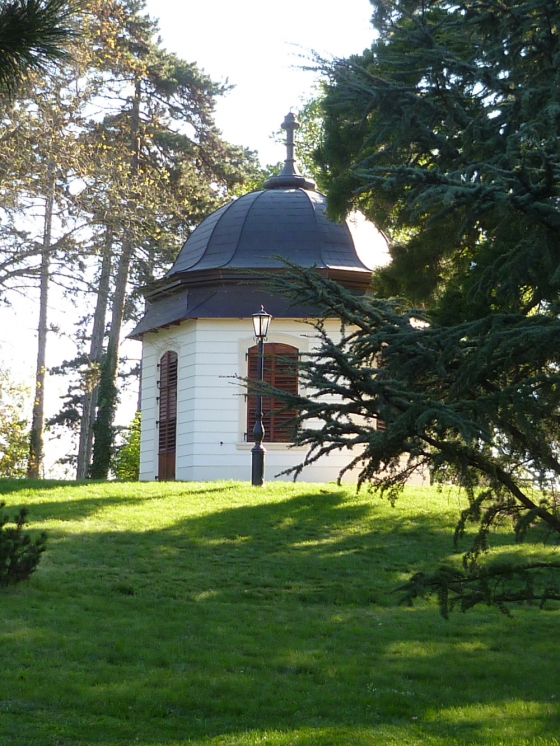
Antal Grassalkovich most probably attended the coronation of Maria Theresa in Bratislava in 1740. Thus, he witnessed the Queen, in her coronation dress, ascending to the royal mound to perform the traditional sword cuts as part of the coronation ceremony, a symbolic gesture of her willingness to defend the country from the enemy, wherever he might attack. By placing the royal pavilion and decorating its interior, Grassalkovich glorified his monarch, the nobility and himself, as he proclaimed the interdependence of the monarch and the Hungarian nobility, his own sacrifice and his unconditional loyalty to his monarch.
The garden pavilion is a regular hexagonal building, built on an artificial hill, with an internal diameter of 6,5 metres and walls 3,2 metres high. The walls are pierced by four windows and two doors placed opposite each other, and the interior is decorated with portraits of Hungarian leaders and kings from the Hungarian occupation. In the 1810s, when the garden was converted into an English park by Leopoldina Esterházy, wife of Prince Antal III Grassalkovich, only the Royal Pavilion was left intact, and the unknown redesigner of the park incorporated it into the landscape garden structure, and it still defines its place and role today.
After the Battle of Isaszeg on 6 April 1849, the retreating imperial army, enraged by the defeat, seized the pictures of the King’s Pavilion in Gödöllő with bayonets, seeing them as symbols of Hungarian statehood. In 1857, the then lord of the castle, the Greek-born Baron Sina Simon, hoping for a visit to Gödöllő by Franz Joseph, not only restored the castle but also saved the memory of the Hungarian noble tradition from destruction. He restored the pavilion building and replaced the damaged portraits. Ten years later, when the Hungarian government bought the castle and its surroundings after the coronation of the Emperor as King of Hungary and placed it at the disposal of the imperial couple as a coronation gift, the park became an important scene of court life, including the pavilion, an important orientation point of the landscape garden, which was also highlighted by the road network.
The pavilion was damaged in the 20th century, perhaps during the First World War or the revolutions that followed, but it is possible that the royal portraits were removed when it was converted into a governor’s residence, and were kept in the Queen Elizabeth Memorial Museum in the Royal Palace in Buda between the two world wars. After the Second World War, 14 royal portraits were transferred from here to the Historical Picture Gallery of the Hungarian National Museum, but by that time their Gödöllő origin had been forgotten; later, art historian Dr. Ferenc Dávid managed to identify them. The building itself was probably preserved because it was located on a fenced-off area expropriated by the military and was practically inaccessible even to those who wanted to see its bricks.
The building was restored in 2002 according to the plans of Dr. Zsolt Máté and Zoltán Szabó. The destroyed parts were restored based on photographs taken in the 1890s. The images of the kings were recreated in 2004 by the photographers József Hapák and György Filakowszky and graphic artists Balázs Szendi, using the surviving paintings, the Pictorial Chronicle, the Book of Kings and other illustrations. Since then, the former landmark of the castle park has been reopened to the public.
You can visit:
Visible only at pre-announced times!
For more information click here!
You may also be interested in this
Erzsébet Sörkert Restaurant
Erzsébet Sörkert Restaurant & Pizzeria since 1996, is located right next to Erzsébet city park. We are very proud of
Hungaroring
Classical. This is what it has become over the past years, the race track of Hungaroring. It was built three
Memories of Sisi
Many fond memories link Queen Elizabeth, the legendary Sisi to Gödöllő: she spent 2000 days in the town, and enjoyed
National Botanical Garden Vácrátót
The richest living botanical collection in Hungary in a two-century-old landscape garden. Thematic programs, guided walks, greenhouses and the experience
Royal Palace
A time-travel not only for Sisi-fans. Leave Budapest city to explore the pretty town of Gödöllő, and visit the Royal
Turisztikai Egyesület Gödöllő
- Gödöllői Királyi Kastély, Tourinform iroda
- godollo@tourinform.hu
- +36 70 550 0575 (H-P: 10.00-18.00)
